VEXTEC is proud to present at the 2020 ASME AM Medical Virtual Event – Additive Manufacturing & 3D Innovations.
Dr. Bob Tryon, VEXTEC’s Chief Technology Officer, will be presenting on “Computational Tools to Accelerate Manufacturing Development” on Wednesday, October 28 from 2:45 PM – 3:15 PM. The presentation is part of the “Metals” track as well as the “Medical Device Manufacturing” track.
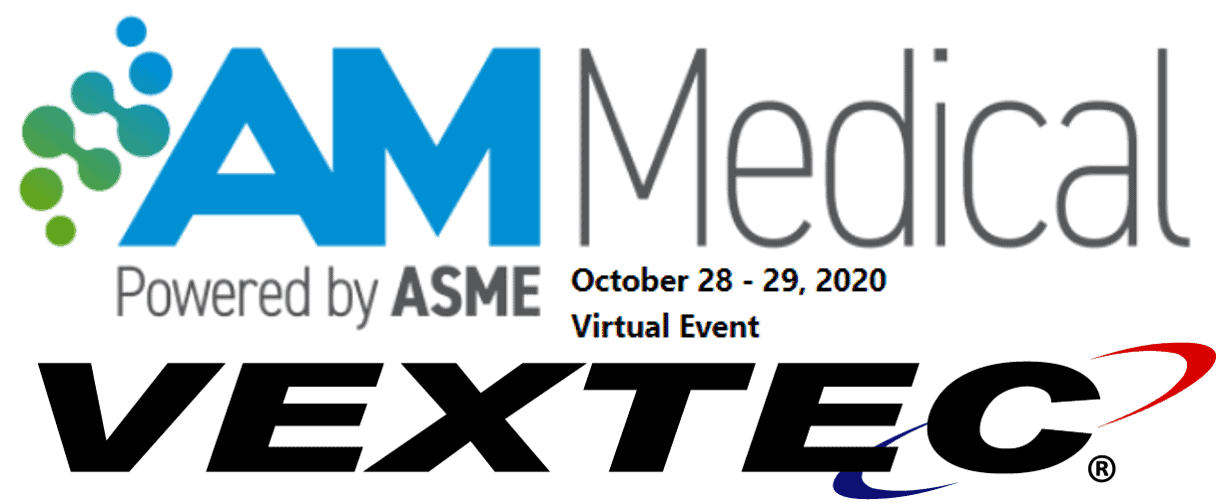
Presentation Description
The certification approach discussed addresses the fundamental physical phenomena that govern metallic fatigue behavior including the microstructural geometry, defects, texture, the local residual stress and the physical damage mechanisms that are active at any particular time. Open architecture AM machines are used to provide in-situ sensed data to reconstruct the material microstructure. The methodology uniquely characterizes the AM process by (1) having full control and knowledge of input build parameters, (2) collecting a robust set of in-situ sensor data consisting of several sensor modalities, (3) applying predictive analytics and machine learning tools to define zones-of-interest for high-resolution destructive sectioning, and (4) developing detailed knowledge and zoned maps of the build results using micro- and mesoscale serial sectioning to determine the statistical likelihood of the size and location of a microstructural features to be used in the simulations of fatigue strength.
The simulation process creates 3-dimensional structural models of the microstructural geometry. These models include the size, orientation, and location of grains, grain boundaries, inclusions, and voids. Spatially distributed residual stresses are also included. The software describes parameters that are subject to variability by statistical distributions. Within the modeling approach, damage accumulation is a cumulative computational Monte Carlo process and considers many different mechanisms active simultaneously. The model has been applied to AM titanium, steels, and nickels.

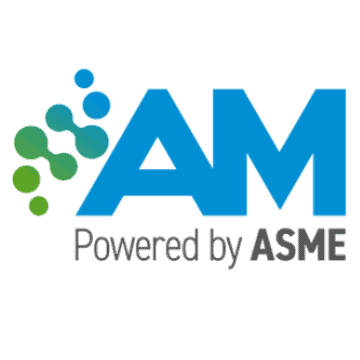
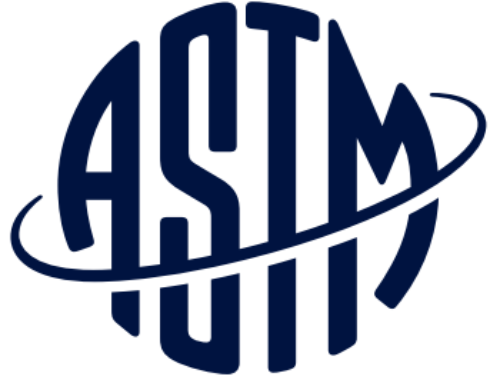
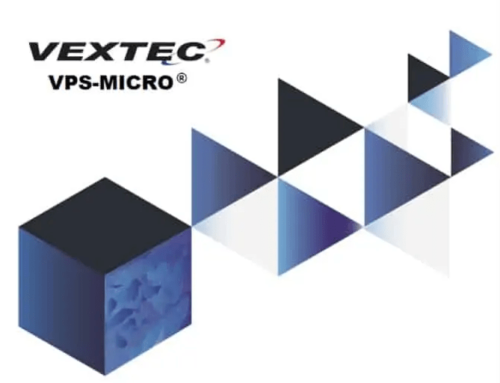
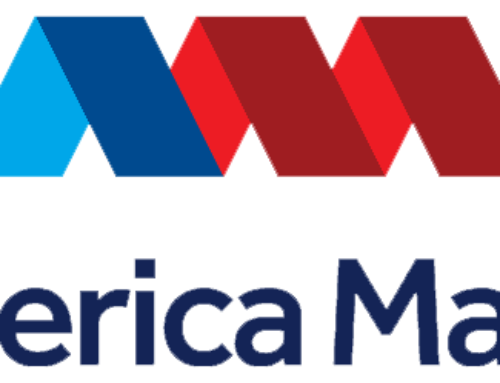
Leave A Comment